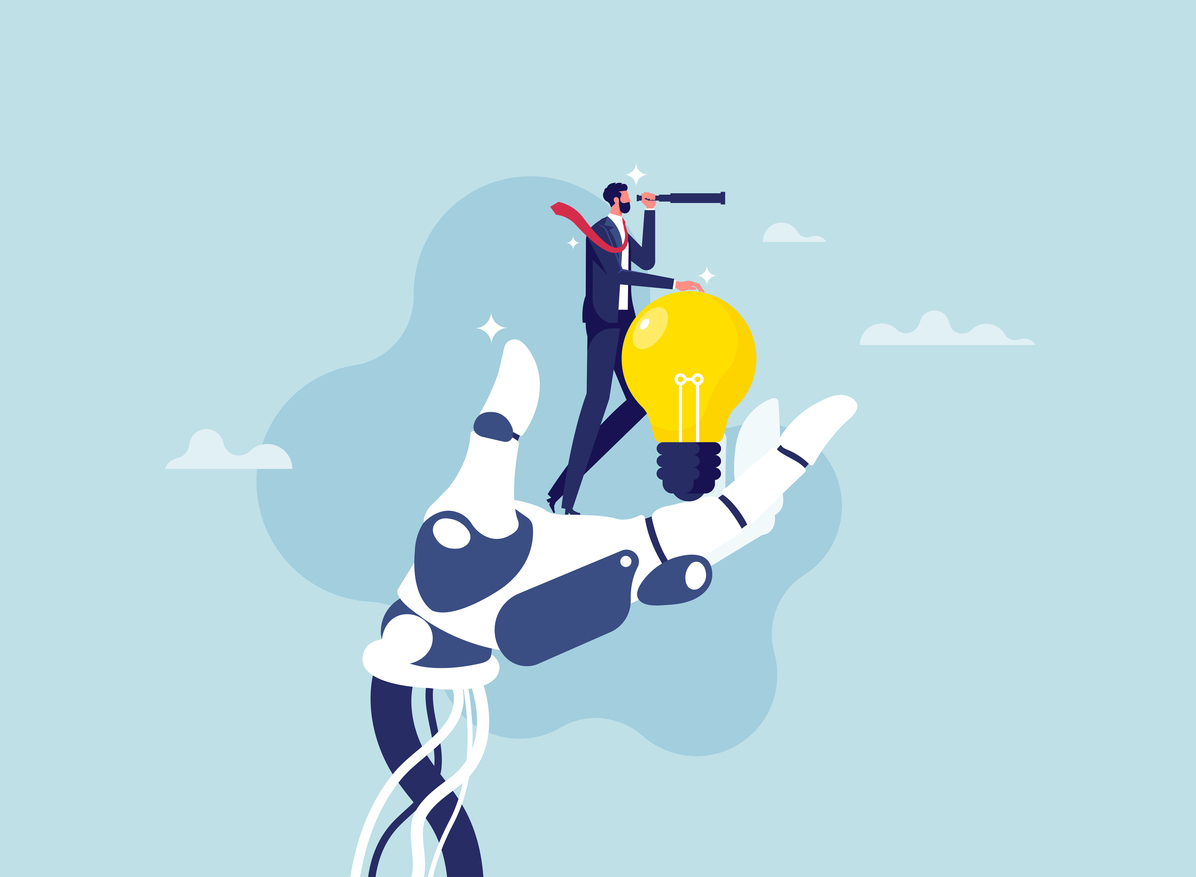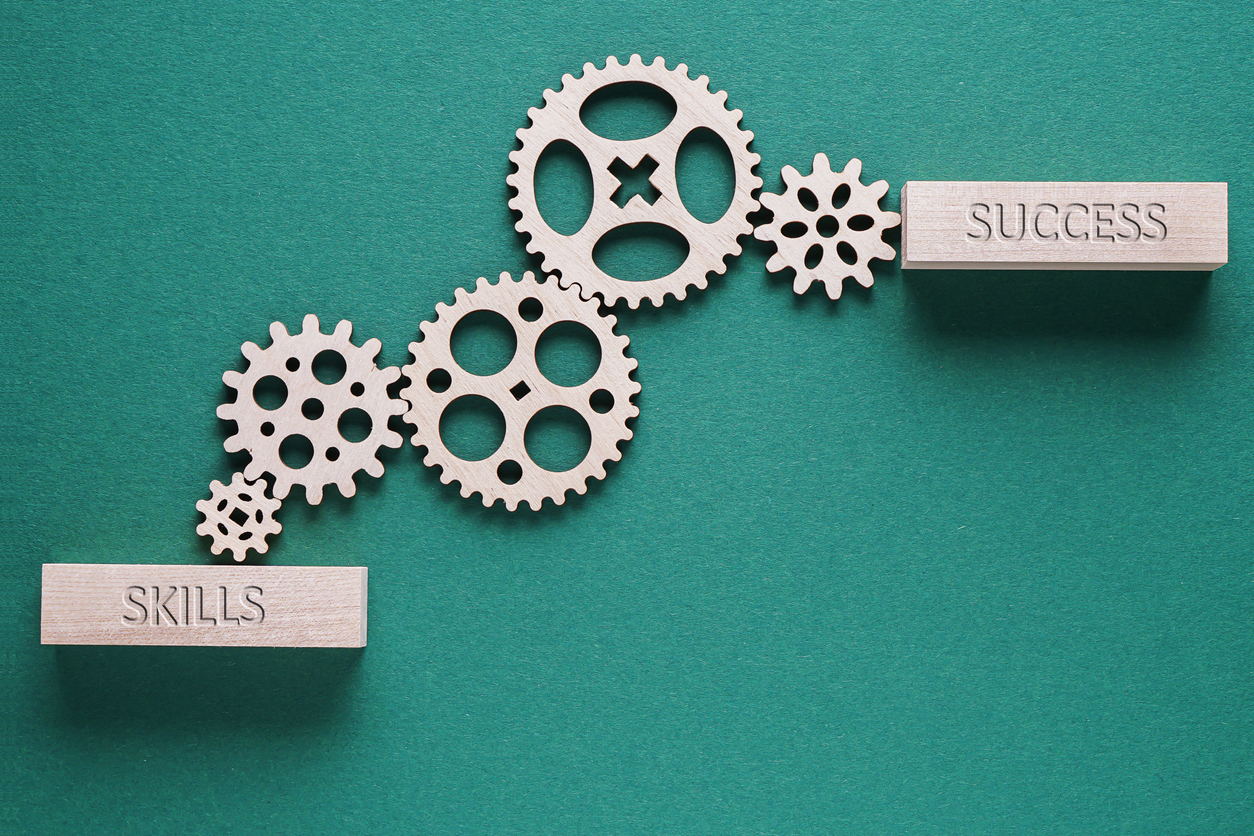
Here’s how to be a force for proactive capability-building.
If you were to describe your L&D strategy as a profession, would it be a firefighter or an architect?
Don’t get me wrong – firefighters are essential to the health and safety of any community. They are also professionals; there is a science to effectively extinguish a structure or landscape engulfed in flames. But firefighting is a fundamentally reactive job. They have to wait until something bad happens, then solve it as best they can.
Too often, learning and development professionals feel like firefighters.
How do we break out of this endless cycle of putting out one “fire” after another? Is there another way?
Yes. You can move toward being a trusted, proactive partner with the business. You can anticipate business needs, support strategy, and get the workforce ready for what’s next.
Understanding Reactive L&D
Consider this: How many times has your organization encountered a skill gap or compliance issue, then rushed to find or develop training? Reactive L&D is characterized by short-term fixes that address urgent problems but rarely contribute to long-term growth.
Does your team suffer from reactivity? Here are some of the symptoms.
- Crisis-Driven Initiatives: Training programs are launched in response to an immediate challenge, such as an audit or a sudden new regulation.
- Lack of Strategic Alignment: There is little connection between training programs and the long-term goals of the organization.
- Inconsistent Outcomes: Rapid, one-off training sessions often fail to create lasting change, resulting in a cycle of recurring issues.
- High Operational Costs: Continuously responding to crises can be much more expensive than investing in a sustainable, forward-thinking strategy.
It can feel like being in a perpetual state of emergency—always putting out fires and rarely planning ahead.
Why Proactive L&D Matters
Shifting to proactive L&D means becoming the architect of the organization’s future capabilities. Proactive L&D integrates strategically with business goals, ensuring that employees are equipped to handle current demands and prepared for tomorrow’s challenges.
What do you get from a proactive approach?
- Agility: Employees have the skills they need before a challenge arises, making the organization more nimble and ready to adapt.
- Cost Efficiency: By investing in long-term capability-building, companies can reduce the recurring costs of emergency training.
- Higher Employee Engagement: Training programs that align with career growth and strategic goals naturally boost motivation and job satisfaction.
- Future Focus: Building capabilities proactively ensures that the organization is equipped to fulfill its strategies, like innovation and industry dominance.
The benefits cannot be overstated: Proactive L&D organizations have higher credibility and value to the business than reactive L&D organizations. A proactive L&D team does more than prepare the workforce for change—it actively shapes the future of their industry.
How To Shift from Reactive to Proactive
We would all love to be on that L&D team, right? So, how can your L&D organization break free from the cycle of reactivity and start paving a path toward proactive capability-building?
Here’s a roadmap:
-
- Align with strategic goals.
- Collaborate with leadership. Make your case for a seat at the table. L&D as a strategic partner is in everyone’s best interest. When L&D is involved in long-term vision and strategic priorities, learning efforts will support them and investments will align with them. At a minimum, understand your organization’s long-term vision and strategic .
- Define key competencies. Identify the skills and capabilities that will be critical for achieving future goals.
- Conduct a comprehensive needs analysis.
- Develop data-driven insights. Use performance metrics, employee feedback, and market research to anticipate future skill gaps.
- Conduct future-focused surveys. Regularly assess emerging trends and technology shifts that might impact your industry.
- Embrace flexible learning design.
- Create modular programs. Develop flexible and scalable training modules that can be updated as trends evolve.
- Use blended learning. Combine digital, self-paced modules with interactive, instructor-led sessions to cater to diverse learning needs.
- Establish continuous feedback loops.
- Establish ongoing evaluation. Implement learning analytics dashboards that provide real-time insights into program effectiveness.
- Make iterative improvements. Use feedback to continuously update and refine training programs, so they stay relevant and impactful.
- Align with strategic goals.
By following these steps, L&D teams can shift their focus from “fighting fires” to fueling sustainable, strategic growth.
Practical Tools for Proactive L&D
To truly transform your L&D strategy, use modern tools and frameworks. Here are a few to consider:
- Capability Maps: Visual representations of the skills and competencies required at various organizational levels.
- Skills Assessments: Regular evaluations that identify both current proficiencies and future needs.
- Learning Analytics Platforms: Tools that collect and analyze data to measure learning impact, engagement, and retention.
- Predictive Analytics and AI: Technologies that forecast skill trends and help personalize the learning journey for each employee.
Embracing these tools will boost training effectiveness and make sure training supports your business strategies and outcomes.
So, are you ready to transform your L&D approach? Shifting from reactive training to proactive capability-building requires a fundamental change in mindset and a commitment to long-term strategic thinking. Instead of waiting for crises to force your hand, design learning programs that anticipate challenges, foster innovation, and empower your workforce for the future.
Be the architect of your organization’s success—not just its problem-solver. Step toward a future where every training initiative is a strategic investment in your people and the organization’s long-term growth.
Want to explore the topic in more detail? We’d love to chat: Grab a virtual coffee together




